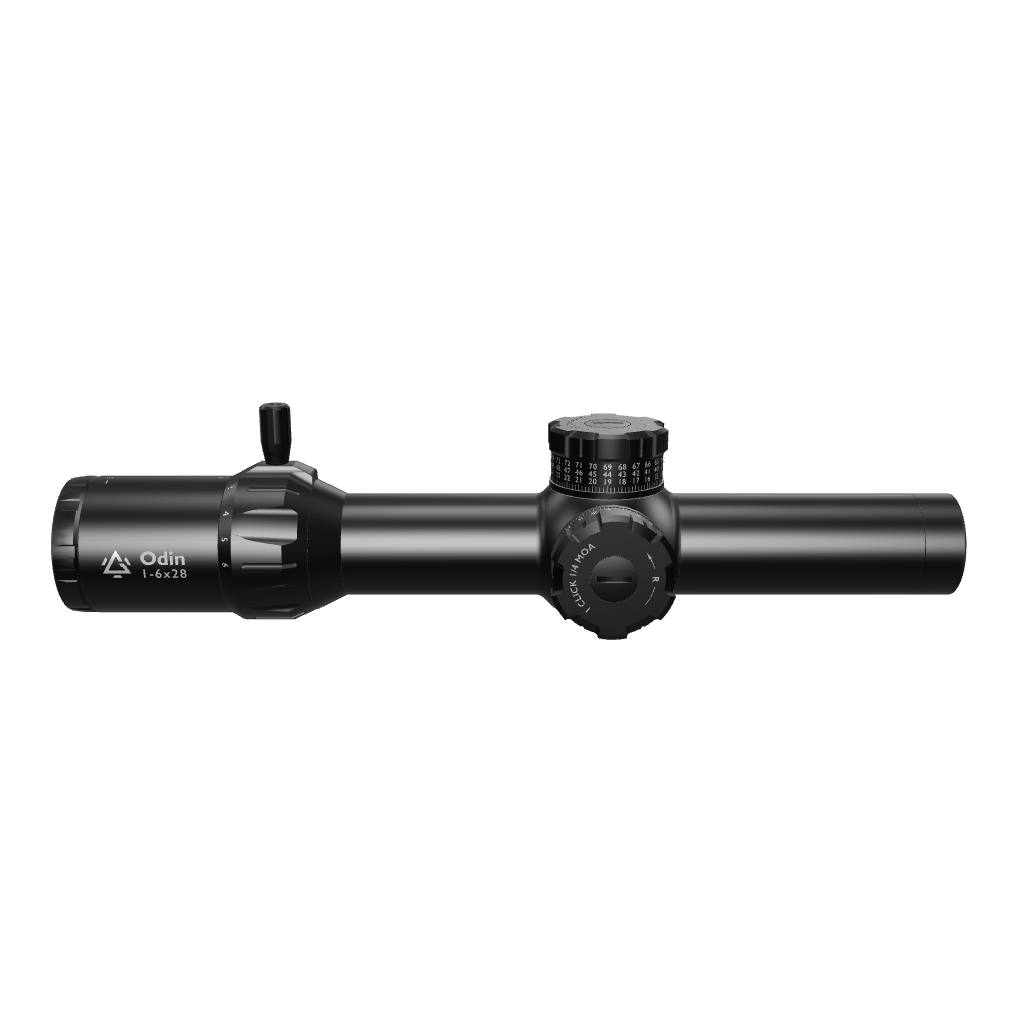LPVO With A2 Front Sight: The Pros and Cons
0 Comments
M1A with LPVOs: Does This Optic Enhance the Classic Rifle?
0 Comments
LPVO With M4A1: Why It Works
0 Comments
LPVO With Offset Red Dot Sights: Pros and Cons
0 Comments
LPVO Range Explained: How Effective Range Works for LPVOs
0 Comments













